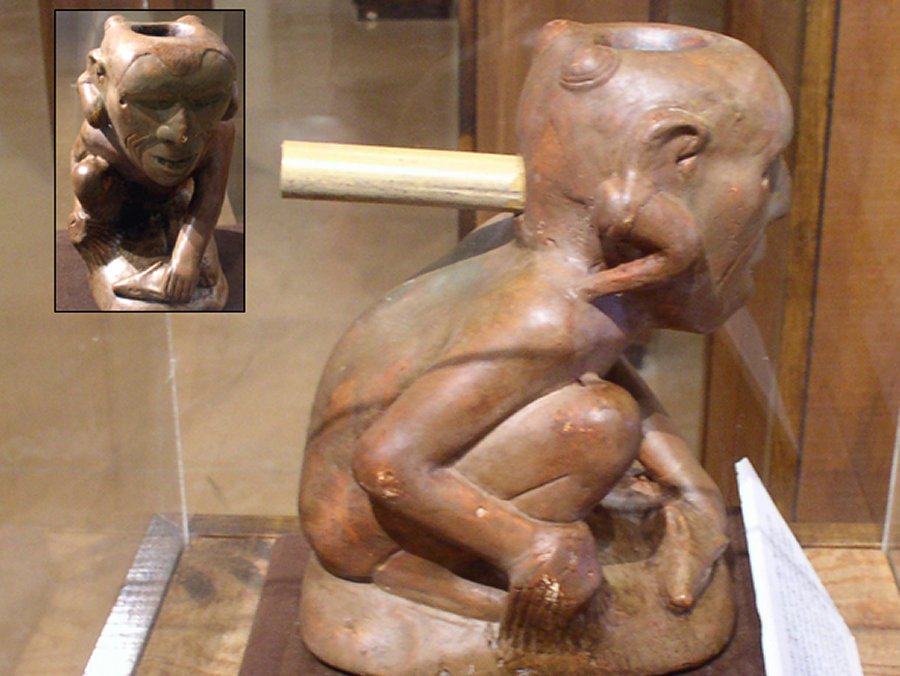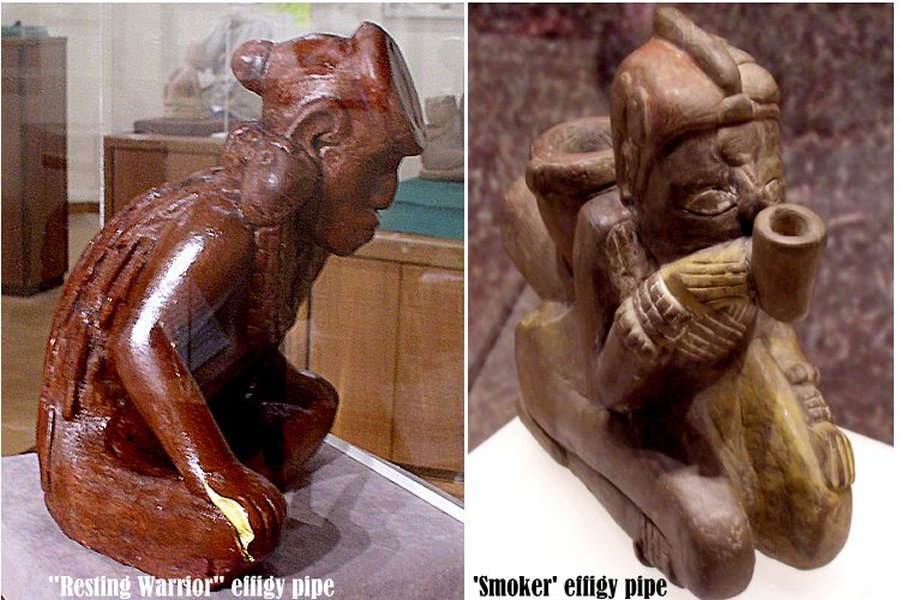Unsolved Prehistoric Enigma Of Sophisticated Spiro People And Their Mysterious Mounds
A. Sutherland - AncientPages.com - One of the most important archaeological discoveries in Oklahoma and the entire North America was the Spiro Mounds Site. The people of Spiro Mounds once ruled most of present-day America.
The site, which lies near the Arkansas River seven miles north of the town of Spiro, was occupied by various groups of people who camped on or near the Spiro area for at least 8000 years.
From 850 to 1450 AD, the location was permanently inhabited by Caddoan speaking Indians (the modern Kichai Wichita, Arikara Caddo, and Pawnee.).
The settlement began as a small farming village and became the intriguing, important and famous seat of the ancient Mississippian culture, in what later became the United States.
Craig Mound Biface. Image via lithiccastinglab.com
These people developed horticulture, elaborate ceremonies, mound-building and an iconographic writing system with over 60 different tribes, stretching from the Rockies to the Virginia Coast and from the Gulf Coast to the Great Lakes.
Spiro’s trading network was vast. According to Mississippian settlements like Cahokia and Spiro contributed to a vast trading network that covered the eastern half of what is now the U.S. and parts of what is now the Western U.S. as well.
See also:
Buhl Woman Of Idaho: One Of The Oldest Skeletons In North America
Etowah Indian Mounds: A Legacy Of The Ancient Mississippian Culture
Bighorn Medicine Wheel: Sacred Site And Ancient Solar Observatory
They built large, complex earthworks, which included eleven platform mounds and one burial mound in an 80-acre (0.32 km2) area on the south bank of the Arkansas River. The central part of the site were the nine mounds surrounding an oval, large and leveled central ceremonial plaza, which was used for important religious rituals.
Some of the most beautiful stone effigy pipes found at Spiro, including the famous "Grizzly Man" or "Kneeling Rattler" pipe, have shown they came from Cahokia, based on the material from which they were made. Image via Wikipedia
The largest platform mound - Brown Mound – served as a place of complex rituals, associated with the deaths and burials of Spiro's rulers. The Spiro inhabitants lived in a village closed to the ceremonial plaza and additionally, more than twenty similar villages were situated within five miles distance from the Spiro center and many other village sites – all representing the same culture – were found within a radius of 100 miles (160 km) away.
They created an important religious and political center of about 10,000 people that thrived along the Mississippi River and influenced the entire Southeast. The Spiro Mound center declined and was eventually abandoned by 1450 AD, although the city was continuously occupied for about 150 years.
Effigy pipes from Spiro Mounds Area. Image via wikipedia
The site remained unoccupied from A.D. 1600 until 1832.
In 1936, archeologists from the University of Oklahoma were able to excavate as much as possible from the Spiro site, which was exposed to major damage due to the looting of its artifacts.
In a cavity of the Craig Mound ("The Spiro Mound"), the only burial mound of the Spiro site, archaeologists excavated many artifacts made of wood, conch shell, and copper, including basketry, vegetal and animal fibers, woven fabric of lace, fur, and feathers.
The Spiro Mounds site has revealed many secrets; however, the reasons for the decline of the Spiro culture and abandonment of the site still remain a mystery.
Written by – A. Sutherland - AncientPages.com Senior Staff Writer
Copyright © AncientPages.com All rights reserved. This material may not be published, broadcast, rewritten or redistributed in whole or part without the express written permission of AncientPages.com
Expand for referencesMore From Ancient Pages
-
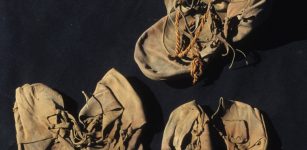 Unsolved Ancient Mystery: Why Were These Foreign Shoes Hidden In A Temple?
Archaeology | Mar 29, 2014
Unsolved Ancient Mystery: Why Were These Foreign Shoes Hidden In A Temple?
Archaeology | Mar 29, 2014 -
 Could Doggerland Be Europe’s True ‘North Atlantis’ Of Stone Age?
Featured Stories | Nov 19, 2018
Could Doggerland Be Europe’s True ‘North Atlantis’ Of Stone Age?
Featured Stories | Nov 19, 2018 -
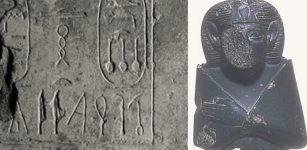 Sobekneferu: First Female Pharaoh In Ancient Egypt
Featured Stories | Mar 9, 2019
Sobekneferu: First Female Pharaoh In Ancient Egypt
Featured Stories | Mar 9, 2019 -
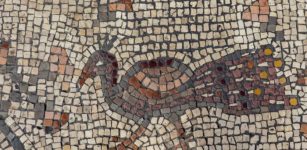 Biblical Mosaic Depicting Miracles Of Jesus Discovered At The ‘Burnt Church’ In Hippos
Archaeology | Sep 24, 2019
Biblical Mosaic Depicting Miracles Of Jesus Discovered At The ‘Burnt Church’ In Hippos
Archaeology | Sep 24, 2019 -
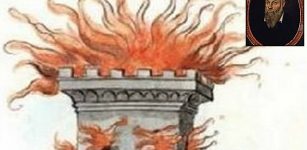 The Lost Prophecy Reveals Chilling Future Events – The Last Words To Mankind?
Featured Stories | Jan 24, 2015
The Lost Prophecy Reveals Chilling Future Events – The Last Words To Mankind?
Featured Stories | Jan 24, 2015 -
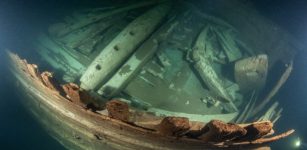 Rare 17th Century Wreck Of Dutch Fluit Ship Found In The Baltic Sea By Finnish Divers
News | Aug 25, 2020
Rare 17th Century Wreck Of Dutch Fluit Ship Found In The Baltic Sea By Finnish Divers
News | Aug 25, 2020 -
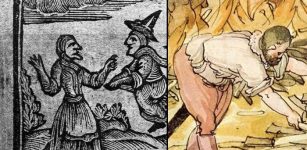 Five Witchcraft Myths Debunked By An Expert
Featured Stories | Oct 27, 2023
Five Witchcraft Myths Debunked By An Expert
Featured Stories | Oct 27, 2023 -
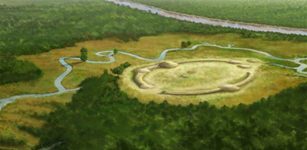 Mysterious Watson Brake: Old Mound Complex In North America With Earthworks Raised For Unknown Purpose
Civilizations | Feb 21, 2018
Mysterious Watson Brake: Old Mound Complex In North America With Earthworks Raised For Unknown Purpose
Civilizations | Feb 21, 2018 -
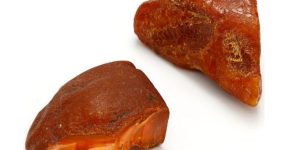 Bronze Age Long-Distance Connections: Baltic Amber In Aššur
Archaeology | May 17, 2023
Bronze Age Long-Distance Connections: Baltic Amber In Aššur
Archaeology | May 17, 2023 -
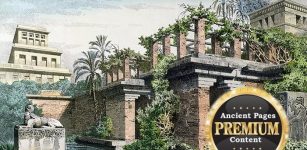 Riddle Of The Hanging Gardens Of Babylon – Highly Advanced Technologies – Part 2
Featured Stories | Jun 11, 2019
Riddle Of The Hanging Gardens Of Babylon – Highly Advanced Technologies – Part 2
Featured Stories | Jun 11, 2019 -
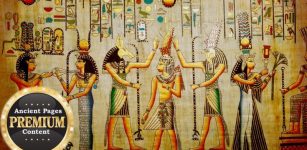 Was Ancient Egyptian Science Inherited From A Lost Atlantean Civilization?
Civilizations | Sep 4, 2017
Was Ancient Egyptian Science Inherited From A Lost Atlantean Civilization?
Civilizations | Sep 4, 2017 -
 India’s Mysterious Stonehenge: Prehistoric Complex Of Gigantic Standing Stones Of Willong Is An Enigma
Featured Stories | Jul 30, 2016
India’s Mysterious Stonehenge: Prehistoric Complex Of Gigantic Standing Stones Of Willong Is An Enigma
Featured Stories | Jul 30, 2016 -
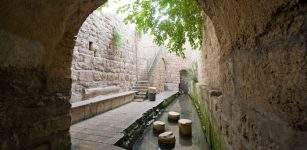 Biblical Pool Of Siloam In The City of David To Be Excavated And Opened To The Public
Archaeology | Jan 2, 2023
Biblical Pool Of Siloam In The City of David To Be Excavated And Opened To The Public
Archaeology | Jan 2, 2023 -
 3,000-Year-Old African Musical Instrument Can Help Modern Medicine
Archaeology | Sep 19, 2018
3,000-Year-Old African Musical Instrument Can Help Modern Medicine
Archaeology | Sep 19, 2018 -
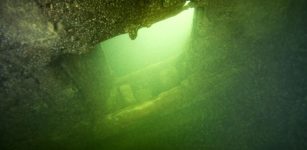 Unique Historical Discovery – Wreck Of Vasa’s Sister Ship Äpplet Found Off Swedish Coast!
Archaeology | Oct 25, 2022
Unique Historical Discovery – Wreck Of Vasa’s Sister Ship Äpplet Found Off Swedish Coast!
Archaeology | Oct 25, 2022 -
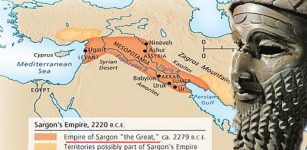 How Did Sargon Become The Most Powerful Ruler Of Mesopotamia?
Featured Stories | Apr 3, 2020
How Did Sargon Become The Most Powerful Ruler Of Mesopotamia?
Featured Stories | Apr 3, 2020 -
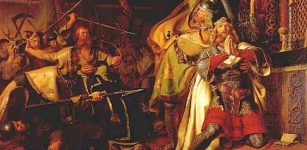 Thousand-Year-Old Sarcophagus Discovered In Odense
News | Sep 28, 2015
Thousand-Year-Old Sarcophagus Discovered In Odense
News | Sep 28, 2015 -
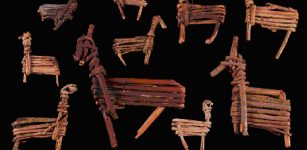 Tusayan Pueblo Ruins And Split Twig Figurines Tell Story Of People Who Once Inhabited The Grand Canyon
Civilizations | Nov 13, 2018
Tusayan Pueblo Ruins And Split Twig Figurines Tell Story Of People Who Once Inhabited The Grand Canyon
Civilizations | Nov 13, 2018 -
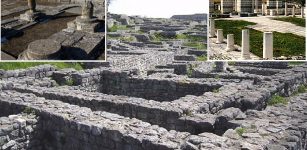 Pliska: Ancient City Ahead Of Its Time With Secret Underground Tunnels, Sewage And Heating Systems
Featured Stories | May 22, 2017
Pliska: Ancient City Ahead Of Its Time With Secret Underground Tunnels, Sewage And Heating Systems
Featured Stories | May 22, 2017 -
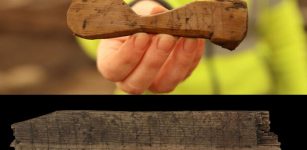 Rare Runic Inscriptions Engraved On Bone And Wood Discovered In Oslo, Norway
Archaeology | Feb 15, 2022
Rare Runic Inscriptions Engraved On Bone And Wood Discovered In Oslo, Norway
Archaeology | Feb 15, 2022



